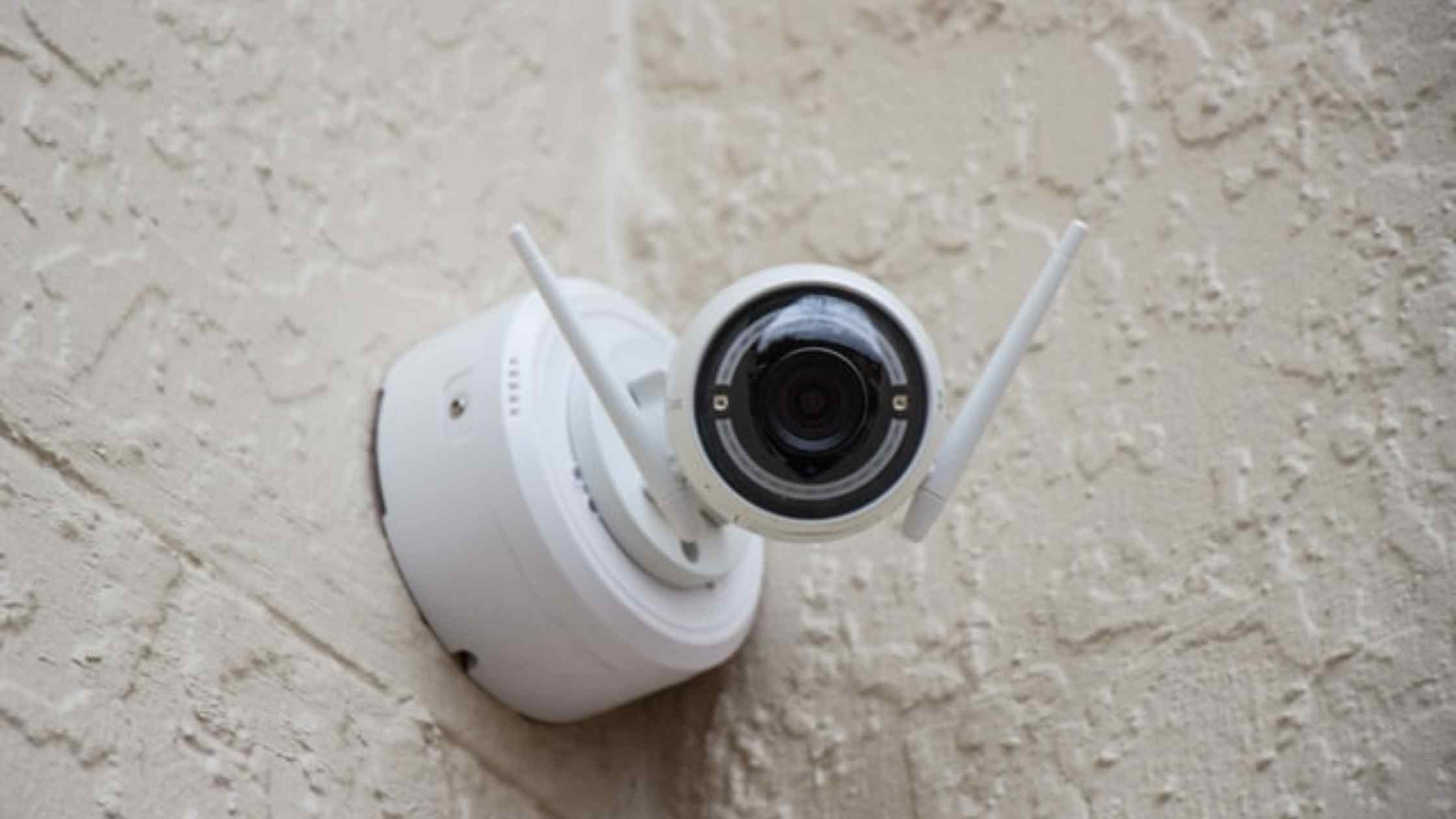A home security camera is a device that you can use to remotely monitor the activities of your home. It is a standalone device that can be placed within or outside a building to capture video footage. This system allows the images to be viewed on a television, computer or other viewing device.
In fact, modern security cameras are more than just cameras. They are complete surveillance systems.
They have a lot of different features, making them more versatile than ever before. Nowadays, most have motion sensors and can send you alerts when they detect movement around your home. They also have built-in microphones so you can listen in on what is happening in your house and even talk through the camera if you need to scare off an intruder or tell the dog to get off the couch.
Most home security cameras can be controlled remotely via an app or website, and you can view real-time video from anywhere in the world.
They can be used for a variety of reasons, including observing the activities of children and pets, monitoring the safety of elderly family members and protecting property from theft or damage. Some people also use home security cameras as part of their home entertainment systems.
If you’re not sure which model to get, start by making a list of what you need. If it’s just a matter of checking up on what your pets are doing while you’re at work, choose a camera with a wide range of motion detection and night vision.
For more advanced features, look for one with two-way audio, facial recognition and the ability to save images online.
Table of Contents
What Are Some Pros And Cons Of Home Security Cameras?
Here are some pros & cons of home security cameras:
Pros
– Visible deterrent
– They can help identify intruders
– The footage can alert you to a problem in real time and monitor 24/7
– You can check on your property while away or monitor children and pets while at work
– Gives you peace of mind.
– Can be viewed on-demand from anywhere in the world.
– Can aid with insurance claims.
– Protects your home and valuables
Cons
– They’re expensive
– You need to buy additional equipment like cables and power supplies
– There’s potential for abuse (e.g., spying on employees, listening in on private phone conversations)
– Can be expensive to install and maintain.
– Requires a good internet connection to work properly.
– Needs to be securely mounted to prevent tampering or theft.
– Motion detection isn’t perfect
Wireless vs. Wired Home Security Cameras
Before you start drilling holes and running wires, take a look at this handy guide that gives you an overview of the most important things to consider.
Wireless vs. Wired
Wireless cameras are more expensive upfront, but they save you money in the long run because you don’t have to drill holes to set them up (although many wireless cameras still require power cables). Wireless cameras also tend to be more portable than their wired counterparts, so if you’re planning on moving your security system around a lot (or simply renting out your home), wireless is probably your best bet.
Resolution
The resolution of your cameras helps determine the quality of your surveillance footage. The higher the camera resolution, the clearer and crisper the images it records will be. If you’re looking for better image quality and more detail, choose a camera with at least 720p HD resolution.
Field of view
Field of view is how much area a camera can see without moving or zooming in or out; it’s expressed as a horizontal angle — typically 90° or 180° — which is why it’s sometimes called angle of view. Cameras with wider fields of view can cover larger areas with fewer cameras, which can mean big savings
Home Security Camera Placement Diagram
The placement of home security cameras is a key component to creating a video monitoring system that effectively protects your property.
The best home security camera systems come with everything you need to get your cameras up and running. But determining the exact locations of where you should place them is something that requires a bit more planning.
Here is a diagram of the best places to put your security cameras. This will ensure that you are getting the most out of your home security camera system and that no area is left unmonitored.
Front door security camera.
This camera should be placed near the front door or directly over it to capture people entering or leaving the house. It can also capture images of people standing on your porch or at the front door.
Back door security camera.
This camera should be placed near your back door, whether it leads into a garage or out into a yard area. It can help keep an eye on who is coming and going as well as anyone approaching your residence from the back side.
Perimeter surveillance cameras.
These cameras are generally more expensive than other types of cameras because they are usually outdoor models that have infrared abilities so that they can “see” in the dark. These cameras should be placed around the perimeter of your property to capture images of people approaching from any direction, including alleys and neighboring yards. If you have a pool, this is where you would want to place cameras that monitor that area closely as well.
Doorway cameras
The most common and obvious place to mount a security camera is at the front door. This is a great place for a camera because it’s usually the first place that intruders try to break in, and it’s also one of the most frequently used entrances (and exits) in most homes.
The basement
Many burglars will enter through basement windows or sliding doors. These are popular entry points because they tend to be out of sight of neighbors, making it easier for intruders to pry them open or break in quickly without being spotted.
Windows
Windows are another favorite entry point for burglars. Particularly on ground-floor windows, where it’s easy for burglars to reach up and climb inside, or use a crowbar to pry them open from outside the house. Your other windows should also be covered by security cameras, especially those at eye level or below — any window with a clear line of sight into your home should be watched carefully.
Source: https://reolink.com/where-to-place-home-security-cameras/
Where Not To Place A Security Camera?
Here are some places to avoid keeping your security camera at:
- In front of a window.
- Behind a tree or bush.
- In direct sunlight or other bright areas.
- In a dark room with no lights on at night (unless you have infrared capability).
- On the ground outside your house.
- Inside your home where they can’t see much (such as a bookcase).
- Bedrooms & bathrooms
Which Home Security Camera To Buy?
The first step in setting up your security system is deciding where you want to place your cameras. It’s also important to consider what type of camera you want and how many cameras you’ll need.
If you’re looking for a single camera, we recommend Logitech’s Circle 2 ($180).
If you’re looking for something with even more options, check out the Netatmo Welcome ($200), which has face recognition and can differentiate between people and animals.
Both are wired cameras that connect directly to your Wi-Fi network.
If you’re looking for multiple cameras, the Arlo Pro 2 is a good option.
It uses wireless cameras attached to a central hub, so it’s easy to move around — though you’ll need to buy extra cameras if you’re monitoring more than one room.
The Arlo Pro 2 ($400) can be used indoors or outdoors, and runs on battery power, so you can install it anywhere.
The Logitech Circle 2 is our favorite security camera for most homes because it’s easy to set up and use.

